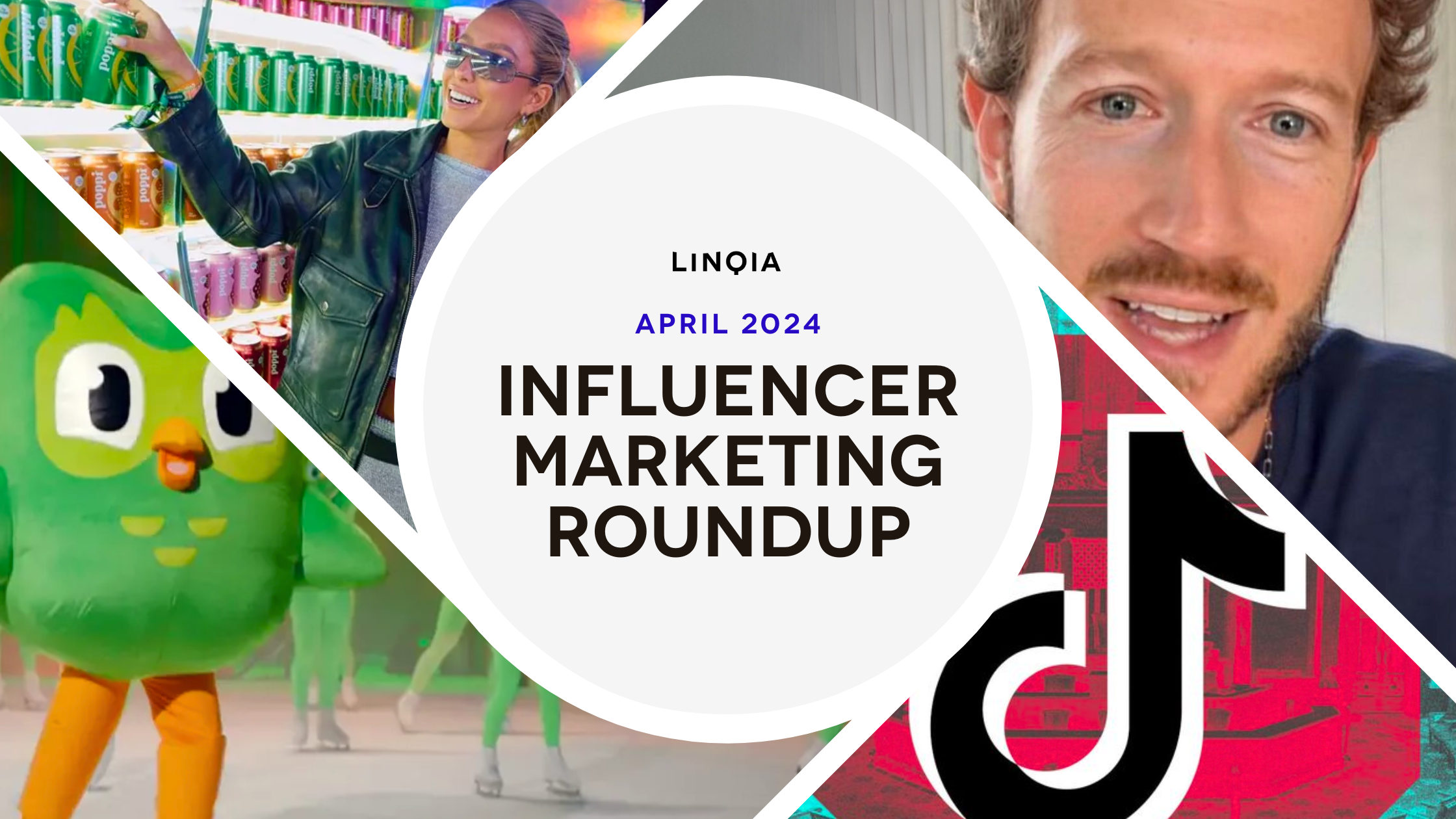This article originally appeared in EContent.
In the early days of influencer marketing, PR owned the space and its relationships. Agencies and their practitioners negotiated compensation and campaigns directly with individual influencers. But as technology evolved, so did influencer marketing. Today marketers are tapping into influencer programs that are equally, if not more, accountable than traditional media buys. By running a program that activates multiple influencers for a price that previously afforded a single individual, brands and marketers are able to reach their targeted audiences using trusted sources without breaking the bank.
While celebrity and top-tier influencers are appealing because they come with a seemingly massive audience and impressive potential reach numbers, many brands are coming to realize that the hefty price tag associated with star power results in more buck than bang.
The success of influencer marketing depends on the influencer’s ability to forge an emotional connection between their audience and a product. Power-middle influencer content is appealing because it comes from everyday people–individuals with a social following of between 10,000 and 250,000 people–who have strong rapport with their audience and are incredibly effective at driving action. These influencers can create amazing, authentic content at scale which is crucial for a successful strategy as more than 50% of Americans trust this content over brand created content.
So, why are so many brands still throwing away money on top-tier influencers? The truth is many are still stuck on the old school 1:1 approach of the past. Here are three new school ways to transform an influencer marketing program from an expensive dud into a strategic investment:
1. Pay for Performance
Stop paying per post! A major reason brands overpay for their influencer marketing program is because they opt to pay per post (the most traditional pricing model), where influencers are paid a flat rate per each post delivered. Depending on the influencer, the cost can range from $1,000 to $250,000 (hello, top-tiers!) per blog story, video, or sponsored Instagram, Twitter, and Snapchat post. All the while, there is no guarantee their audiences will interact with, or even see, the content. And if the content doesn’t inspire action, is it worth paying big bucks for top-tier influencers?
Marketers see the full value of influencer marketing when they choose to pay for performance. In this model, brands only pay for consumers who have taken an action (conversions, downloads, signups, clicks, shares, etc.) after consuming influencer-generated content. Paying for performance is the number one, bulletproof way to guarantee an effective influencer program, as the taken action signals the audience is truly interested in the brand after being influenced by the content.
2. Tap the Power-Middle
Go for quality, not quantity. Top-tier influencers may have audience numbers on their side, but where is the value if the majority of that audience doesn’t take action? Though power-middle influencers may have smaller audiences, they have built their following organically and are trusted within their communities. As a result, power-middle audiences are more likely to take action because they trust the influencers’ opinions and product reviews–similar to the way they trust those from friends or colleagues. Why pay $250,000 for one piece of content from a top-tier influencer when you can take that same budget and activate hundreds of power-middle influencers to create a treasure trove of trusted content instead?
3. Amplify Content that Performs with Paid Media
Use proven content to your advantage. Social campaigns that incorporate user-generated content (UGC) see a 50% lift in engagement and paid ads containing UGC generate five times greater click-through rates. UGC also increases conversions by 10% when included in the online purchase path. If you partner with power-middle influencers, you can test hundreds of nuanced variations of the same brand message, identify which pieces of content drive the best results, and then amplify that content using paid media.
Stop throwing away your budget on top-tier influencers that charge you ridiculous rates per post. The naysayers who deem influencer marketing a waste of money simply aren’t approaching it the right way. If they start requiring more accountability from their programs and work with influencer marketing providers who only charge for results, they will see significant returns on their program and content investments.




